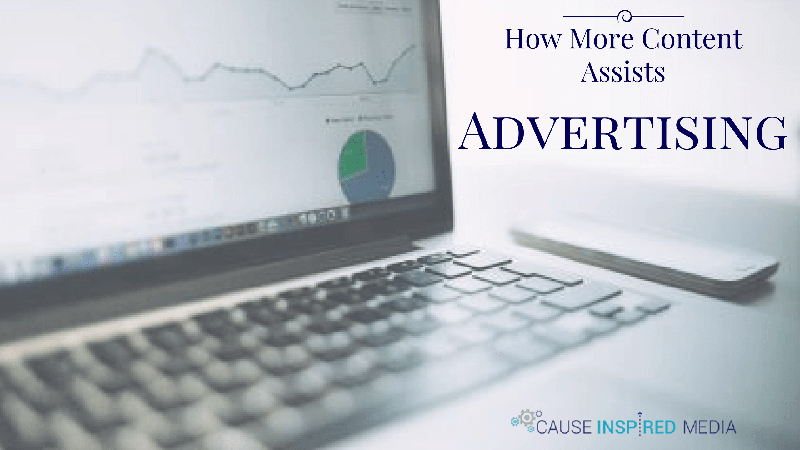Improving Your Ad Rank Despite Google’s Changes
Your nonprofit’s website is up to date and offers plenty of information about all of your great works, but your search traffic is still low. What are you missing? How will you contend with a new, tougher ad ranking system from Google?
Search Engine Optimization (SEO) is the process of creating website content to receive traffic from search results on search engines, like Google, Yahoo, and Bing. As discussed in a previous Cause Inspired article, when you search for something on the web, the results that appear are directly related to what you searched. The order in which the results appear, however, is not random. These results will show up in the order that they are relevant to your search. This order of relevancy also applies to advertising on search engines.
Additional factors that go into where your ad appears on the search results page – or its Ad Rank – are the expected rate of people who will see the ad and click on it (click-through rate), the amount the advertiser is willing to pay for the ad (or bid), and the quality of your landing page.
With the Google Grant, the maximum amount you can pay for each of your nonprofit’s ads is limited. Our team at Cause Inspired Media has over 20 years of combined experience using allotted budgets to make your ads relevant to the keywords used in a search, making our typical click-through rates higher than average, despite low budgets. Now all that’s left to consider is the quality of your landing page. As discussed in a previous Cause Inspired article, your website needs to stay up to date with what Internet users have come to expect from their overall experience. However, relevancy to the landing page can improve based on the content of the page. Improving the content of your page means improving your SEO – and that’s something every website, nonprofit or otherwise, should be striving to achieve.
So what’s changing?
Google has recently changed how much weight each factor carries when determining Ad Rank. Bids will become much more impactful. As previously mentioned, this variable is not something nonprofits with the Google Grant can adjust to. This leaves nonprofit organizations with the option of adding relevance to their landing page and improving their landing page experience. This includes, but is not limited to, a responsive and modern website, as well as additional content on the page.
Writing a large amount of good content on your page will increase your nonprofit’s SEO. Increasing your page content is beneficial because “websites compete for attention and placement in the search engines, and those with the knowledge and experience to improve their website’s ranking will receive the benefits of increased traffic and visibility.” There’s only so much an ad on the search engine can do – there needs to be content on the landing page that makes the ad worth clicking on.
Search engines are incredibly smart, but even the smartest technology has its limits. For example, the search engine can only read the text on your webpage. If all the information for your next big event is on a PDF, the search engine sees a blank page. That can decrease your Ad Rank and could keep you from being shown to possible sponsors, donors, or event attendees altogether because the search engine is unable to read the information about the event. This also holds true for text placed in iFrames. To test if the text and information on your website can be read by a search engine, try highlighting the text. If it cannot be highlighted, search engines cannot see it and you may be losing website traffic.
What people see on a website is not necessarily the same as what a search engine can see. “SEO allows webmasters to provide clues that the engines can use to understand content. In fact, adding proper structure to your content is essential to SEO.” By providing content, you can make your website visible to search engines, increase your Ad Rank, as well as your chances of an organic search showing your nonprofit’s website.
If you have any questions about SEO, or having Cause Inspired Media obtain and manage a $10,000 monthly Google Grant, contact us!
By: Katie Kelderman, Social Media Strategist















